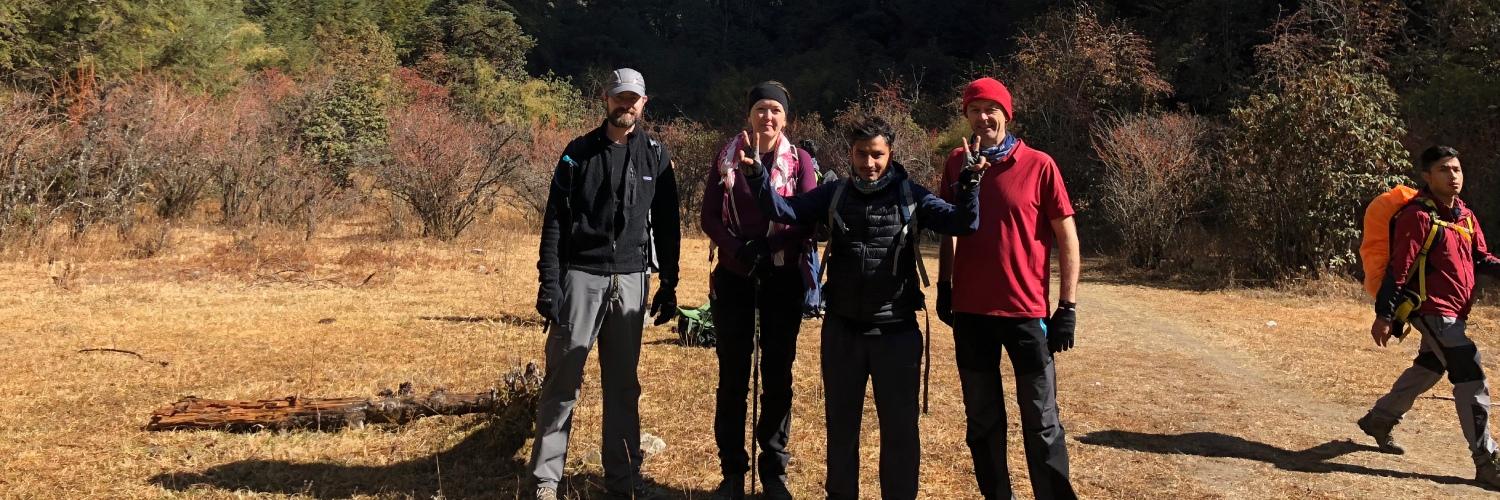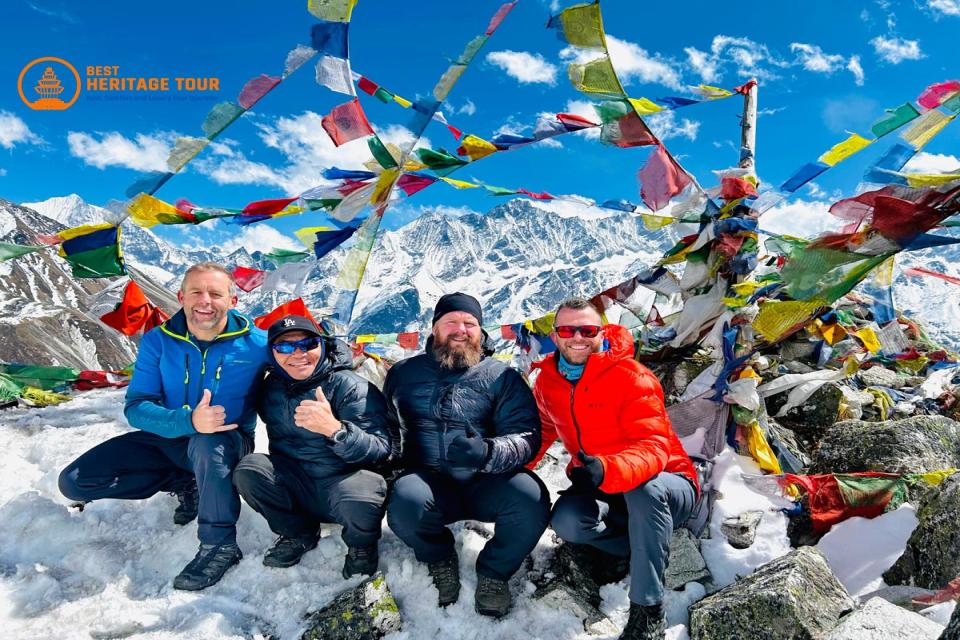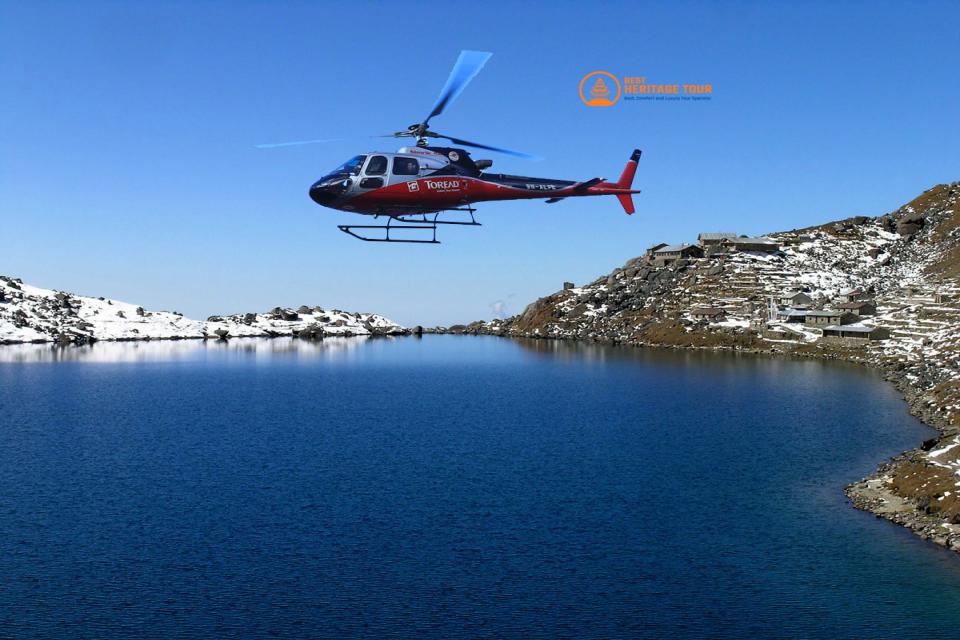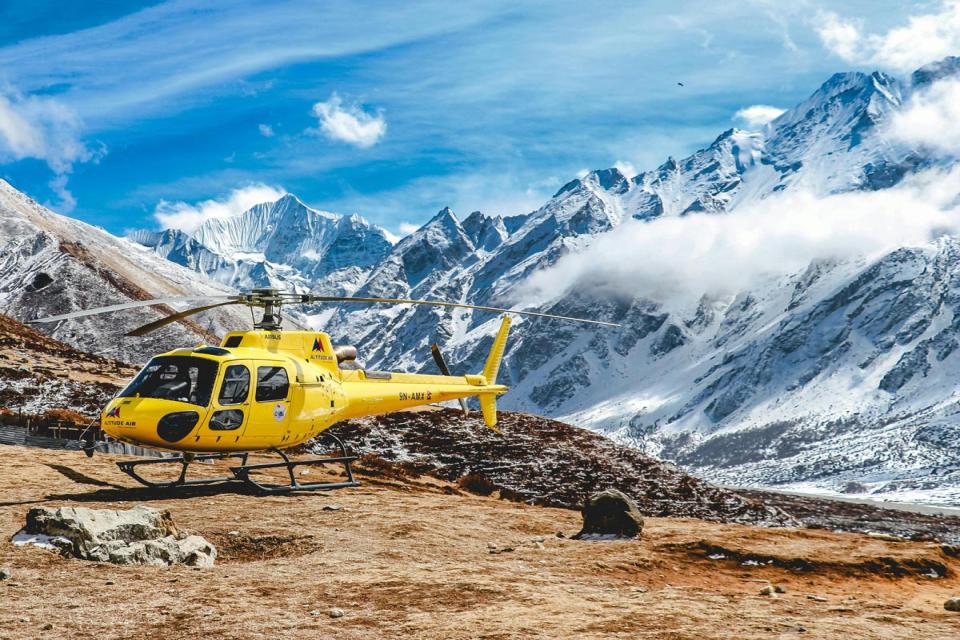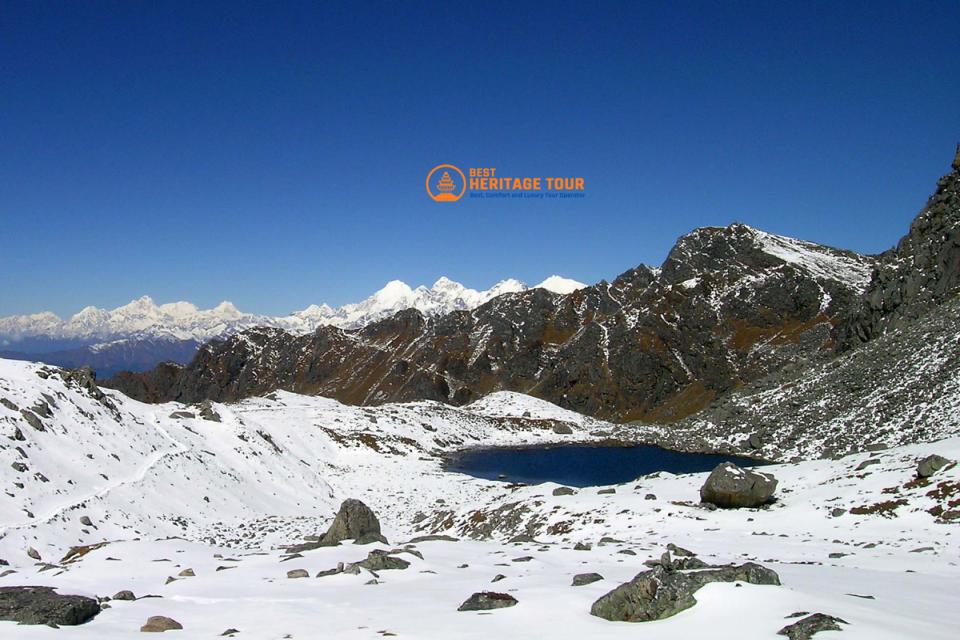Nepal’s majestic Himalayas are home to countless trekking routes, each with its own unique charm. Among these, the Langtang Valley and Gosaikunda trek stands out as a breathtaking combination of natural beauty, rich cultural experiences, and spiritual significance. This guide will take you through everything you need to know about this incredible trek, from the stunning landscapes and cultural highlights to practical tips on permits, gear, and itinerary planning.
Overview of Langtang Valley Trek
Located just north of Kathmandu, the Langtang Valley is a hidden jewel nestled within the Langtang National Park. This region boasts stunning alpine scenery, diverse flora and fauna, and a warm welcoming community of Tamang people. The trek through Langtang Valley offers panoramic views of snow-capped peaks such as Langtang Lirung (7,227m) and Ganesh Himal (7,422m), while winding through rhododendron forests, glacial moraines, and traditional mountain villages.
Langtang is known for its rich biodiversity including red pandas, Himalayan black bears, and various bird species, making it a paradise for nature lovers and wildlife enthusiasts. The villages along the way, such as Langtang village, Kyanjin Gompa, and Mundu, showcase unique Tibetan-Buddhist culture with ancient monasteries and prayer flags fluttering in the wind.
Overview of Gosaikunda Trek
Gosaikunda Lake is one of Nepal’s most sacred lakes, perched high in the Langtang Himalayas at an altitude of about 4,380 meters. This alpine lake is deeply revered in both Hindu and Buddhist traditions and attracts thousands of pilgrims each year, especially during the Janai Purnima festival in August.
The trek to Gosaikunda takes you through pristine alpine meadows, dense forests, and high mountain passes. Apart from its spiritual significance, the lake offers breathtaking views of the surrounding snow-capped peaks, including Langtang Lirung and Langtang Ri. Gosaikunda is also the source of the Trishuli River, a major waterway in Nepal.
Combining Langtang Valley and Gosaikunda Trek
While many trekkers explore Langtang Valley and Gosaikunda separately, combining the two offers an extraordinary journey that blends cultural richness, natural wonders, and spiritual reflection. The combined trek typically spans around 10-12 days, depending on your pace.
This trek is moderately challenging due to high altitude and varying terrain. The highest point is near Gosaikunda Lake itself, at over 4,300 meters, so acclimatization days are recommended to avoid altitude sickness. The trail weaves through the lush Langtang Valley, ascends to the sacred lake, and descends back through peaceful villages, offering a well-rounded experience of Nepal’s Himalayan beauty.
Best Time to Trek Langtang Valley and Gosaikunda
The best trekking seasons for the Langtang-Gosaikunda trek are spring (March to May) and autumn (September to November). During these months, the weather is generally clear with pleasant temperatures, making it ideal for trekking and enjoying panoramic mountain views.
Springtime is especially beautiful as rhododendron forests burst into vibrant colors, while autumn offers crisp air and stable weather conditions. Winter trekking is possible but requires proper cold-weather gear and preparation, as temperatures can drop significantly, especially near Gosaikunda Lake.
Detailed Itinerary for Langtang Valley and Gosaikunda Trek
Here’s a sample 11-day itinerary combining both treks:
Day 1: Kathmandu to Syabrubesi (1,540m)
A scenic 6-7 hour drive from Kathmandu takes you to Syabrubesi, the gateway to Langtang Valley. Overnight in a local guesthouse.
Day 2: Syabrubesi to Lama Hotel (2,380m)
The trek begins through forests and riverside trails. Lama Hotel is a popular stop with teahouses and lodges.
Day 3: Lama Hotel to Langtang Village (3,430m)
Trek through rhododendron forests, crossing suspension bridges, and reach Langtang village, the heart of the valley.
Day 4: Langtang Village to Kyanjin Gompa (3,870m)
Continue to Kyanjin Gompa, a small village famous for its Buddhist monastery and yak cheese production.
Day 5: Rest/Acclimatization Day at Kyanjin Gompa
Explore nearby viewpoints like Tsergo Ri for stunning views of Langtang Lirung.
Day 6: Kyanjin Gompa to Lama Hotel
Begin descending back to Lama Hotel, retracing steps through serene forest paths.
Day 7: Lama Hotel to Thulo Syabru (2,300m)
Continue descending through Tamang villages with rich cultural heritage.
Day 8: Thulo Syabru to Gosaikunda Lake (4,380m)
A challenging day ascending to the sacred lake, crossing high passes and alpine landscapes.
Day 9: Rest/Explore Gosaikunda and Surrounding Lakes
Enjoy the tranquil environment, visit nearby smaller lakes, and soak in the spiritual atmosphere.
Day 10: Gosaikunda to Dhunche (1,970m)
Descend towards Dhunche, passing through terraced fields and small settlements.
Day 11: Dhunche to Kathmandu
Drive back to Kathmandu, completing the trek.
Trekking Permits and Regulations
For trekking in the Langtang National Park and Gosaikunda region, you will need the following permits:
-
Langtang National Park Entry Permit: Required for trekking inside the park. It helps conserve the natural environment and supports local communities. Approx. cost: NPR 3,000 (~$25 USD).
-
TIMS Card (Trekkers’ Information Management System): Mandatory for all trekkers in Langtang and Gosaikunda areas. It helps monitor trekkers’ safety and numbers. Cost: NPR 2,000 (~$17 USD) for independent trekkers.
-
Religious permits: No special permit is required for visiting Gosaikunda Lake, but local guidelines must be followed.
Always carry your permits during the trek as park officials regularly check.
What to Pack for Langtang-Gosaikunda Trek
Proper gear can make or break your trekking experience. Here’s a packing checklist tailored for this trek:
-
Clothing: Layered clothing system (base layer, insulating fleece, waterproof jacket), trekking pants, thermal underwear, gloves, hat, sunhat.
-
Footwear: Comfortable, waterproof trekking boots with good ankle support, plus extra socks.
-
Sleeping gear: Warm sleeping bag rated for -10°C or lower, especially if camping or staying in colder teahouses.
-
Daypack: For daily essentials, water, snacks, camera, and first aid kit.
-
Trekking poles: Helpful for steep ascents and descents.
-
Miscellaneous: Sunglasses with UV protection, sunscreen, lip balm, water purification tablets or filter, headlamp with spare batteries.
-
Personal items: Passport, permits, cash in small denominations, toiletries, medications including altitude sickness tablets.
Physical Preparation and Trek Difficulty
The Langtang-Gosaikunda trek is considered moderate in difficulty. Trekkers should have a good fitness level with some experience in walking long distances and handling altitude changes.
Key points to keep in mind:
-
Altitude: Maximum altitude is around 4,380m at Gosaikunda Lake. Altitude sickness can affect anyone, so proper acclimatization and hydration are essential.
-
Fitness: Cardiovascular endurance and leg strength help immensely. Regular hiking, jogging, or gym workouts before the trek are recommended.
-
Acclimatization: Take rest days and ascend gradually to help your body adapt to thinner air.
Cultural Experience on the Trek
Langtang Valley is predominantly inhabited by the Tamang people, whose Tibetan-Buddhist culture shines through their monasteries, festivals, and everyday life. Visitors often witness colorful prayer flags, mani stones, and traditional homes made from stone and wood.
Gosaikunda is a sacred pilgrimage site, attracting devotees from across Nepal and India. Pilgrims come to bathe in the holy lake, believed to purify the soul and bring blessings.Interacting with locals offers a window into Nepal’s rich spiritual heritage, making the trek not just an adventure but also a meaningful cultural journey.
Costs and Budgeting for Langtang-Gosaikunda Trek
Typical costs for a 10-12 day Langtang-Gosaikunda trek include:
-
Permits: Approx. $50 (Langtang NP permit + TIMS)
-
Accommodation: $5-10 per night in teahouses
-
Food: $5-15 per day depending on choices (dal bhat, noodles, soups)
-
Guide/porter (optional): $20-30 per day for a guide, $15-20 per day for porter
-
Transport: $20-30 for round trip bus/jeep from Kathmandu to Syabrubesi and back
-
Total budget: Roughly $400-600 USD for an independent trekker traveling modestly.
Note: Hiring guides is recommended for safety and cultural insight, especially for first-timers.
Eco-Friendly Trekking Practices
To preserve Langtang’s pristine environment, follow these principles:
- Carry out all trash, do not litter.
- Use reusable water bottles and avoid plastic bottles.
- Stick to marked trails to prevent erosion.
- Respect local customs and avoid disturbing wildlife.
- Support local businesses by buying handicrafts and food from villages.
Sustainable trekking ensures this beautiful region remains unspoiled for future generations.
Conclusion
The Langtang Valley and Gosaikunda trek is a rewarding journey combining the best of Nepal’s natural wonders and spiritual heritage. Whether you’re enchanted by towering Himalayan peaks, serene alpine lakes, or ancient Buddhist culture, this trek has something for every traveler. With proper preparation, respect for local communities, and a spirit of adventure, you will create memories that last a lifetime.
If you’re looking for a moderately challenging trek off the beaten path with spectacular views and meaningful cultural encounters, Langtang and Gosaikunda should be at the top of your Nepal itinerary.
Ready to embark on your unforgettable Langtang Gosaikunda Trek in 2026/2027? Let Best Heritage Tour guide you through Nepal’s hidden Himalayan gems with expert-led trips, hassle-free permits, and personalized itineraries crafted just for you. Experience the perfect blend of adventure, culture, and nature with ease and comfort.
Book your trek now or get more information:
- Phone/WhatsApp/Viber: +9779851149197 / +9779810043046
- Email: bestheritagetour@gmail.com / info@bestheritagetour.com
- Website: www.bestheritagetour.com
- Location: Thamel Marg, Kathmandu, Nepal
Start your journey to Langtang and Gosaikunda today; memories await!
Author: Best Heritage Tour
Date: 25th June, 2025

